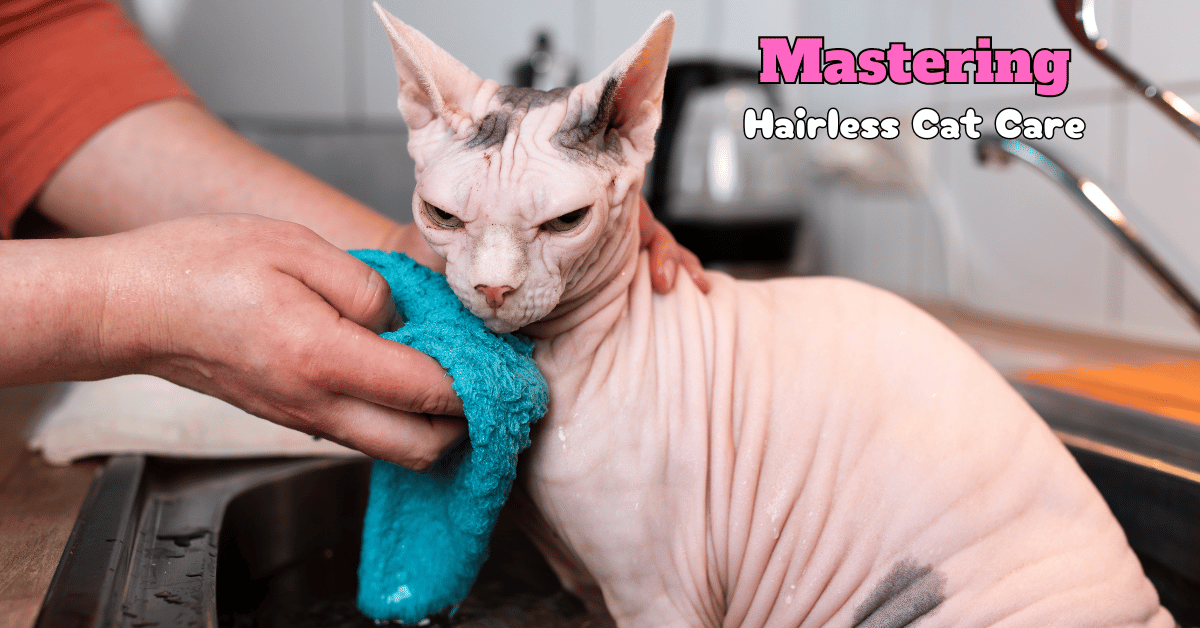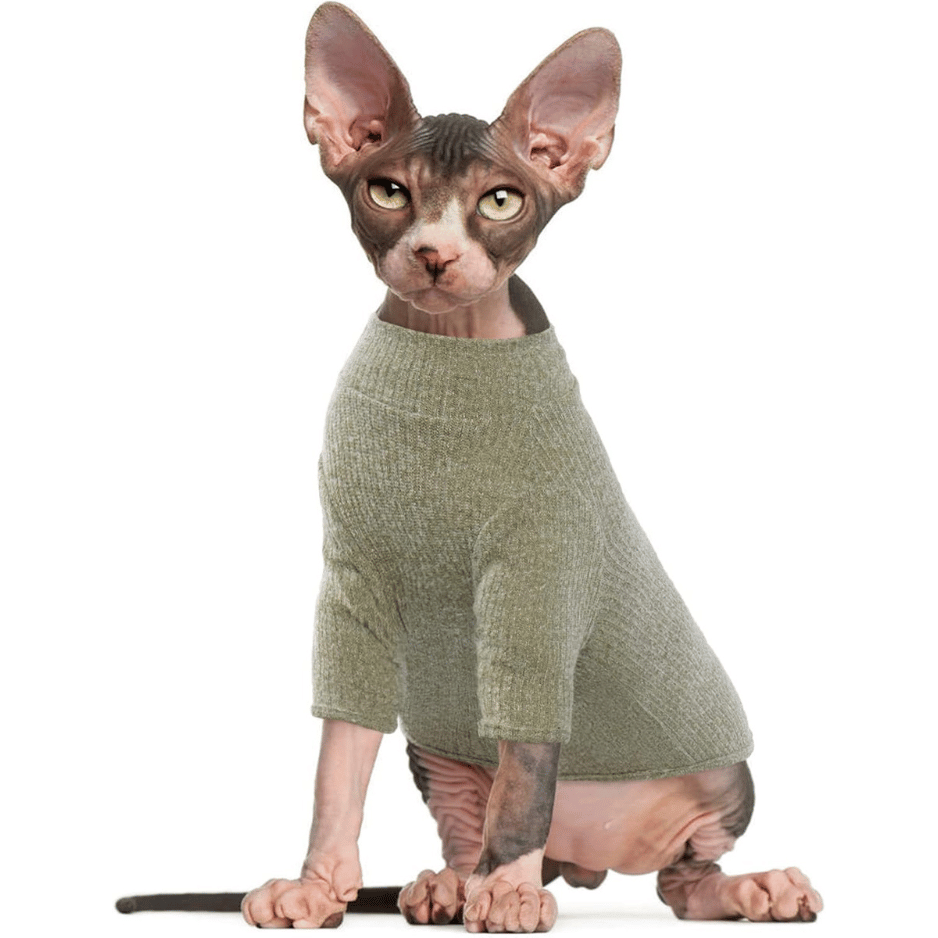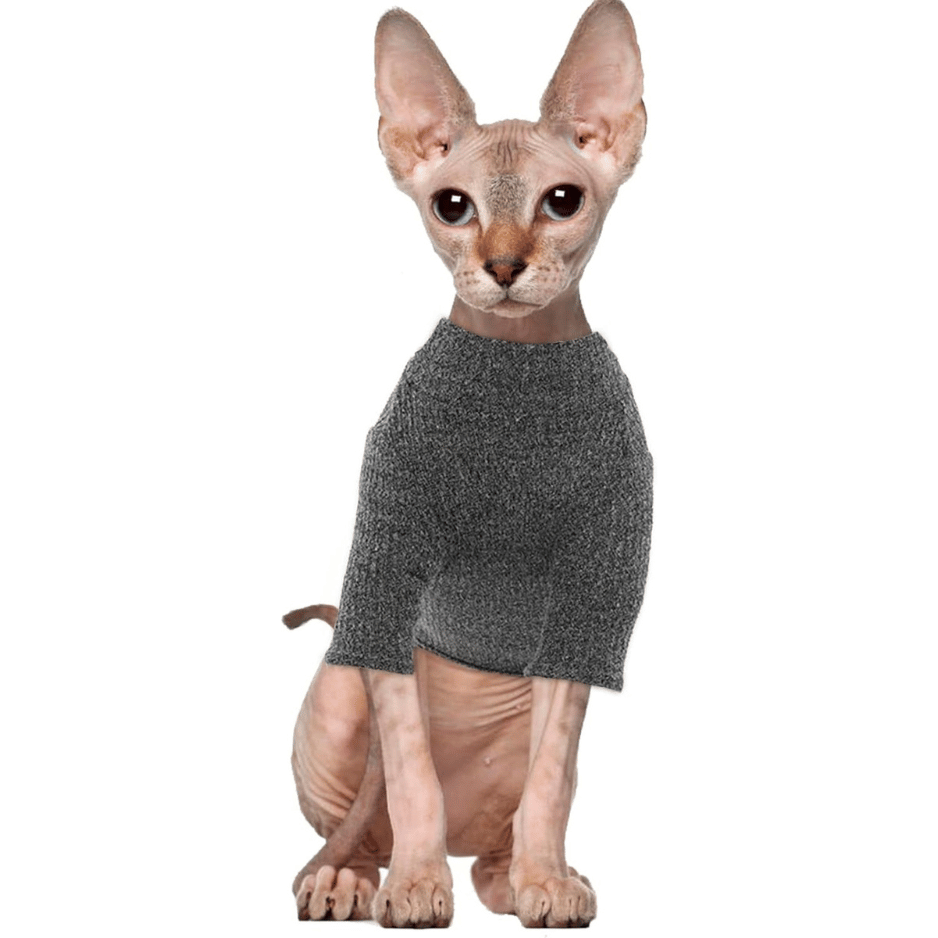This post contains affiliate links and I will be compensated if you make a purchase after clicking on my links.
Hairless Cat Care: How to Keep Your Bald Beauty in Top Condition
Hairless cats are truly a sight to behold. With their smooth, sleek bodies and big, expressive eyes, these cats are both elegant and endearing. But while they lack fur, they certainly don’t lack personality—or specialized care needs.
Whether you have a Sphynx, a Peterbald, or any other breed, taking care of a hairless cat requires a bit of extra attention. In this guide, we’ll walk you through everything you need to know to keep your hairless feline looking fabulous and feeling healthy.
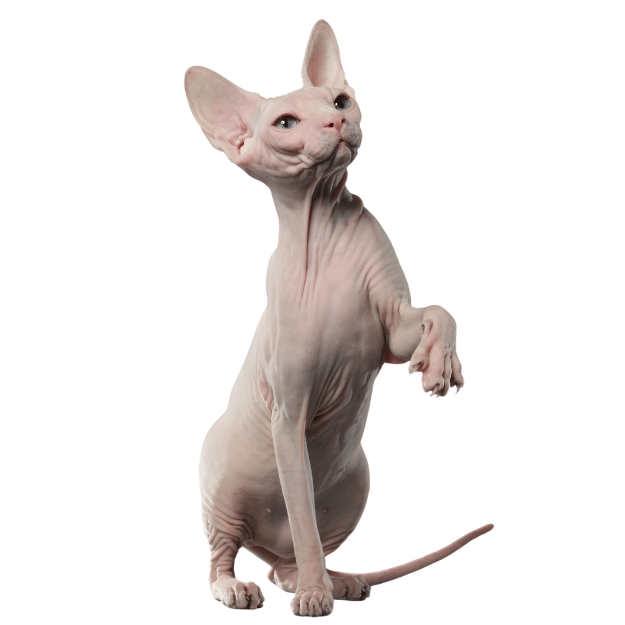
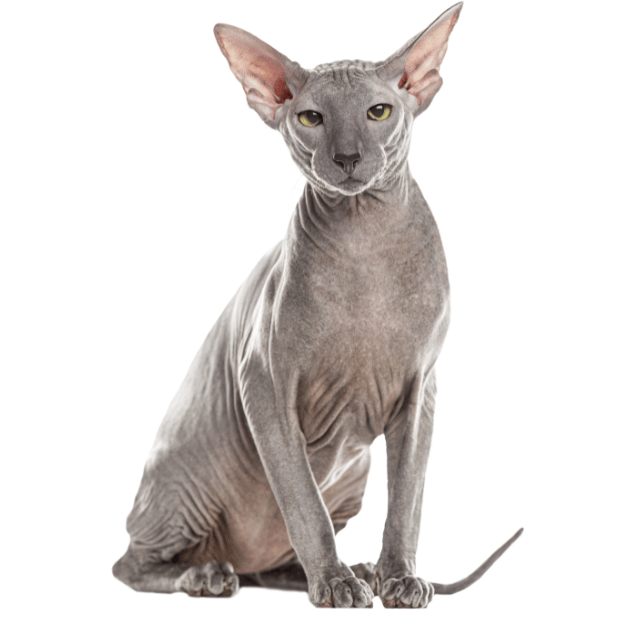
1. Understanding Hairless Cat Breeds and Their Unique Needs
There are a few different breeds of hairless cats, with the Sphynx being the most well-known. However, other breeds, such as the Peterbald, Donskoy, and the Bambino, also fall under the hairless category. These breeds differ slightly in terms of their appearance and skin care needs, but they all share one thing in common: their lack of a fur coat makes them more vulnerable to environmental factors, like temperature and sun exposure.
Unlike their furry counterparts, hairless cats don’t have that protective layer of fur to absorb oils, dirt, and sweat. This means their skin is more exposed, and they need a specialized grooming routine to stay clean and healthy. Let’s explore the steps required to care for their unique skin and overall health.
2. Grooming and Bathing for Hairless Cats
Why Hairless Cats Need Regular Baths
One of the most surprising things for new owners of hairless cats is how much maintenance their skin requires. You might think that without fur, your cat would need less grooming, but it’s actually the opposite! Hairless cats tend to have oily skin because they lack the fur that would usually absorb these oils.
A weekly bath is essential to prevent a buildup of oils that can lead to skin irritation, blackheads, or even infections. When bathing your hairless cat, it’s important to use a mild, hypoallergenic shampoo designed for cats. This helps cleanse their skin without stripping it of natural moisture. Look for shampoos that contain soothing ingredients like aloe vera or oatmeal to keep your kitty’s skin soft and hydrated.
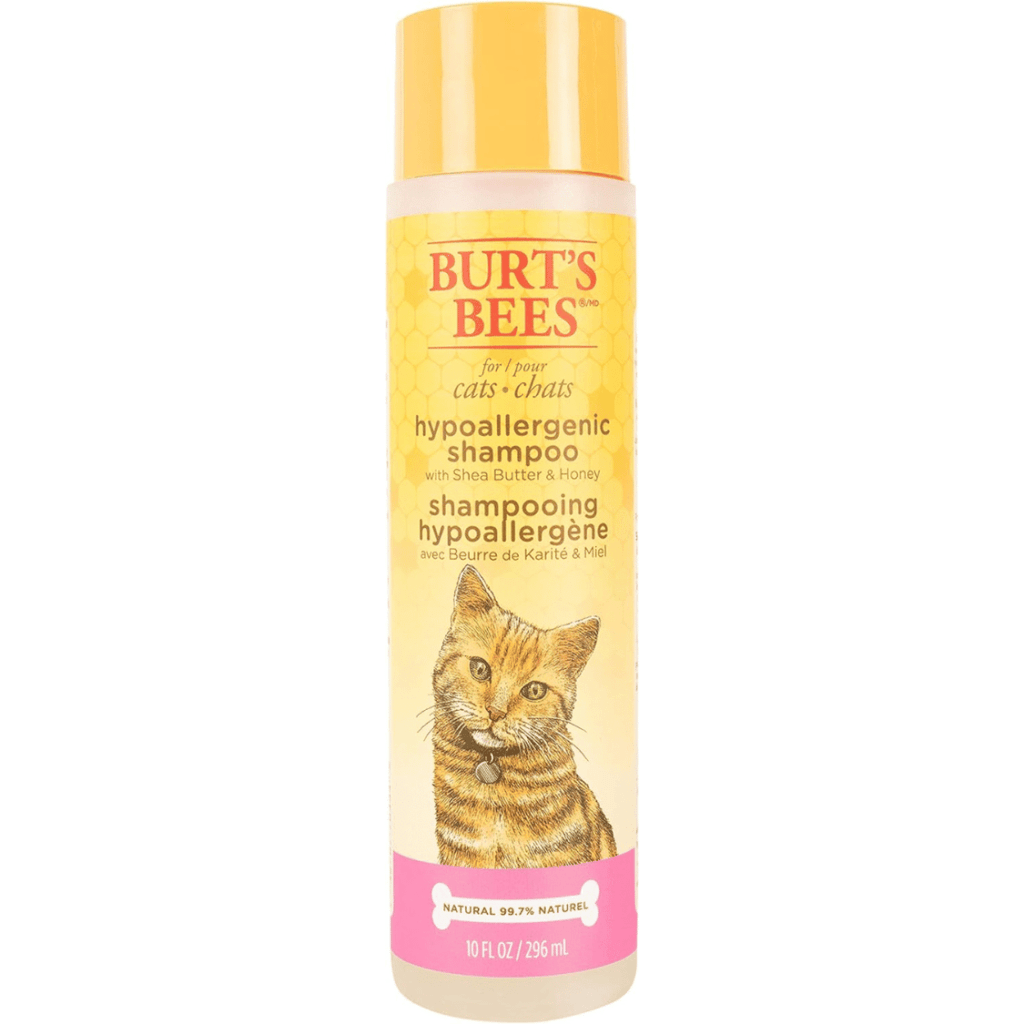
Daily Wipe-Down Routine
In addition to weekly baths, a quick daily wipe-down with a damp cloth can work wonders in keeping your cat clean and comfortable. This helps remove surface oils, dirt, and any sweat that may accumulate throughout the day. Pay close attention to areas with folds or wrinkles, as these spots can easily trap dirt and bacteria, leading to skin problems.
A microfiber cloth or unscented baby wipes can be handy for this daily routine. Be gentle with your cat’s skin, as it’s more delicate without the protective fur layer.
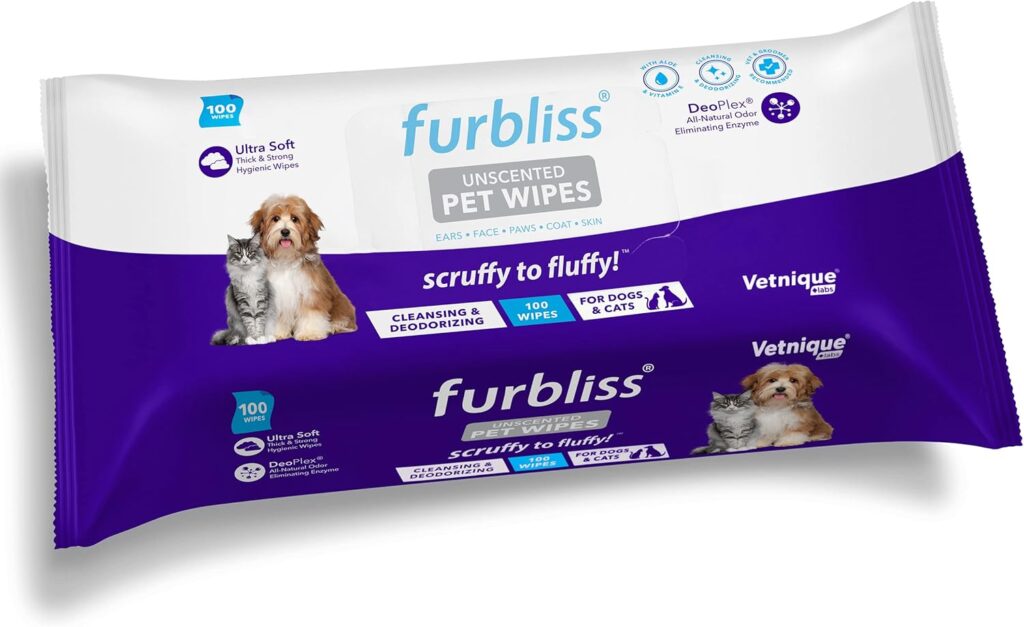
Ear and Nail Care
Hairless cats, like the Sphynx and Peterbald, also tend to have more earwax buildup than furred cats. This is because they don’t have ear hair to filter out debris. Make it a habit to clean their ears weekly with a cotton ball and a gentle ear cleaner recommended by your vet. Avoid using cotton swabs, as they can push wax deeper into the ear canal.
Nail care is another crucial part of hairless cat grooming. Trimming your cat’s nails regularly will help prevent them from becoming too sharp or dirty. Dirt and oils can accumulate around the nails, so after trimming, gently clean around their paws to keep them tidy and avoid any potential infections.
3. Skin Health and Common Issues in Hairless Cats
Common Skin Conditions
While hairless cats may look sleek, their exposed skin can be prone to certain conditions if not properly cared for. One of the most common issues is seborrhea, a condition where the skin becomes excessively oily or dry. Hairless cats are also more susceptible to developing comedones, which are essentially blackheads caused by clogged pores.
Regular baths and daily cleanings can go a long way in preventing these issues, but it’s still important to monitor your cat’s skin for any changes. If you notice red patches, excessive dryness, or bumps, it’s time for a visit to the vet. Bacterial infections can occur if the skin is not properly cleaned, so catching potential problems early is key.
Health Concerns to Watch For
In addition to skin conditions, hairless cats may face other health issues that aren’t always immediately apparent. Some breeds, like the Sphynx, are more prone to developing heart conditions, such as hypertrophic cardiomyopathy (HCM). This is a disease that causes the heart muscles to thicken, making it harder for the heart to pump blood. Regular vet check-ups are crucial for catching any health problems early, especially in breeds prone to hereditary issues.
4. Sun Protection for Hairless Cats
Risks of Sunburn
While we often think of sunscreen as something just for humans, hairless cats need protection from the sun too! Without fur to shield their skin, they are much more susceptible to sunburn. This can happen even if your cat spends most of their time indoors, as direct sunlight streaming through windows can still pose a risk.
To prevent sunburn, limit your cat’s exposure to direct sunlight, especially during peak hours. If your kitty enjoys lounging in a sunny spot, consider placing a sheer curtain over the window to diffuse the light. For cats that love to roam in the yard or balcony, you can also apply a pet-safe sunscreen. Make sure the sunscreen is specifically designed for pets—never use human sunscreen, as some ingredients can be toxic to cats.
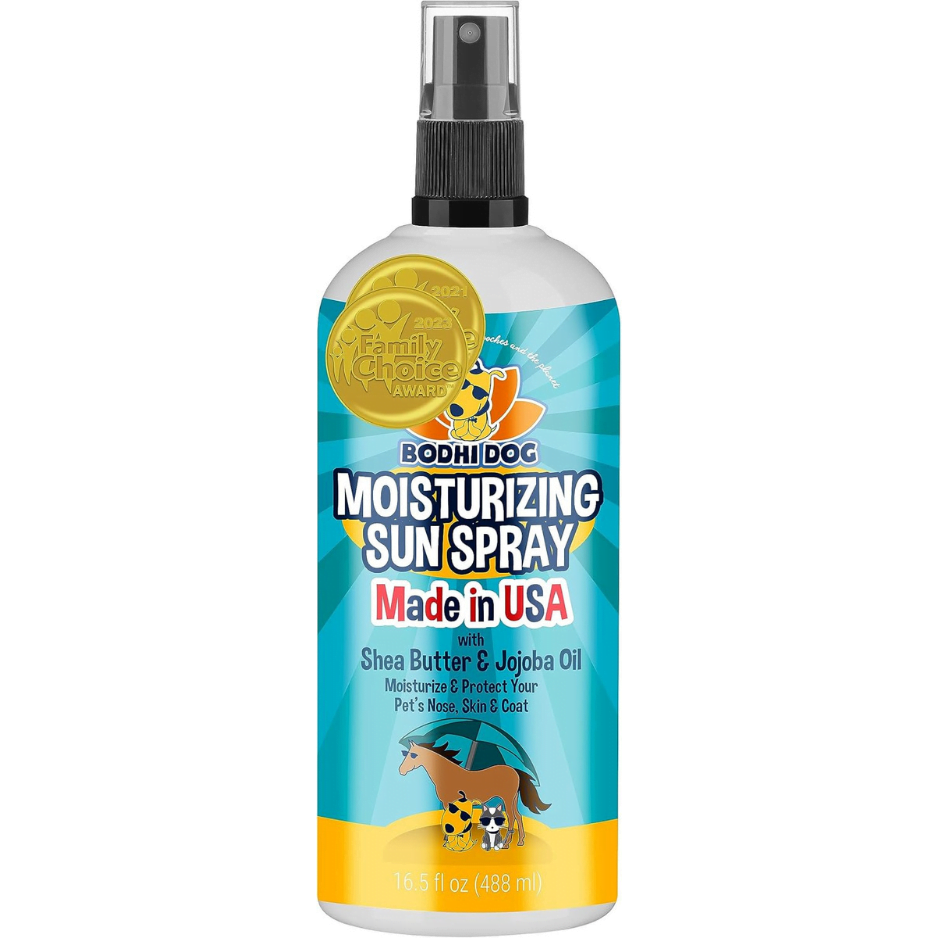
Managing Sun Exposure
If your hairless cat is an outdoor explorer, keeping them safe from the sun is a priority. Along with using sunscreen, try to limit their time outside during the middle of the day when the sun is strongest. Early morning or late afternoon play sessions are safer options.
Creating shaded areas for your cat to enjoy can also help. Whether it’s an outdoor catio or a cozy spot inside by a shaded window, giving your cat a place to relax away from direct sunlight will keep them protected and comfortable.
5. Temperature Regulation for Hairless Cats
Keeping Your Hairless Cat Warm
If you think about it, fur is like nature’s thermostat, helping cats stay warm in colder temperatures. Without this natural insulation, hairless cats are more sensitive to temperature changes, especially in cooler months. It’s not uncommon to see hairless cats snuggling into blankets or sitting close to heat sources. But it’s important to help them out a bit when the temperature drops.
Providing your hairless cat with cozy sweaters or soft, well-fitting clothing is a great way to keep them warm. Look for materials that are gentle on their skin, like cotton or fleece. Heated beds or pads designed specifically for pets are another excellent way to ensure your cat stays warm and toasty, especially during the winter.
Make sure your home is kept at a comfortable temperature. If you feel chilly, chances are your hairless cat does too! If your cat enjoys burrowing, you can also create a warm nest with blankets where they can curl up and stay cozy.
Avoiding Overheating
On the flip side, it’s equally important to ensure your hairless cat doesn’t overheat, especially in the summer months. Cats regulate their body temperature through their paws, and without fur, hairless cats are at higher risk of becoming overheated. Always provide plenty of fresh, cool water and ensure there are shaded, cool areas for them to retreat to if they get too warm.
Monitor the temperature in your home, particularly during heat waves, and consider using a fan or air conditioning to keep things comfortable. Even though they lack fur, hairless cats can still enjoy a good sunbathing session—but as always, make sure it’s in moderation and that they have the option to escape the heat.
6. Diet and Nutrition for Hairless Cats
Dietary Needs of Hairless Cats
Believe it or not, hairless cats may have slightly higher caloric needs than their furry counterparts. Without a coat of fur, they expend more energy keeping their bodies warm, which means they burn more calories just going about their daily activities. This means their diet should provide the right balance of nutrients, including high-quality proteins and healthy fats, to support their active metabolism.
When selecting a food for your hairless cat, opt for a formula that’s specifically designed to meet the needs of cats with higher energy levels. Avoid foods with artificial fillers or low-quality ingredients, as these won’t provide the necessary nutrients your cat needs to thrive. You might even consider consulting your vet for advice on which brands or types of food will work best for your hairless breed.
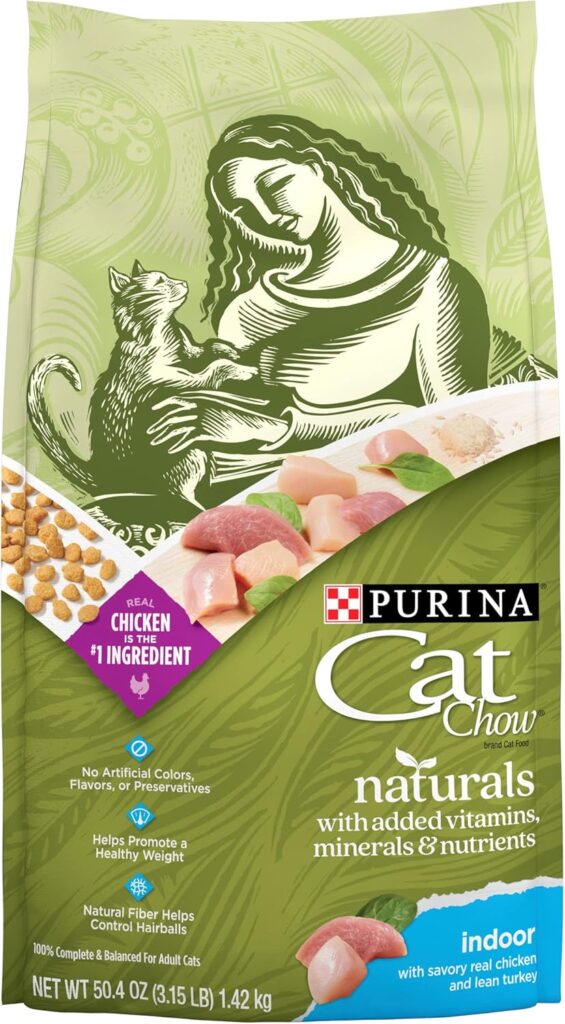
Hydration Is Key
Hydration is an essential part of caring for a hairless cat, especially when it comes to maintaining their skin health. Make sure your cat always has access to fresh, clean water, and encourage them to drink regularly. If your cat isn’t a fan of drinking from a bowl, try a cat fountain—many cats prefer the sound and motion of running water, and it can help increase their hydration levels.
Wet food can also be a great way to boost your cat’s water intake while providing them with balanced nutrition. Some cats may prefer a mix of dry and wet food, so experimenting with different feeding methods could help you find the best option for your kitty.
Final Thoughts on Hairless Cat Care
Caring for a hairless cat requires a bit more effort than caring for your average furry feline, but the rewards are well worth it. With proper grooming, sun protection, and an eye on their overall health and nutrition, your hairless cat will thrive. Regular vet check-ups are key to addressing any health concerns early on and ensuring your cat stays happy and healthy for years to come.
Remember, every hairless cat is unique, so don’t hesitate to tailor their care routine based on their specific needs and personality. With the right attention and love, your hairless companion will remain a healthy and happy part of your family.
For all the essential supplies and products for hairless cats, be sure to explore our Hairless Cat Breeds Catalog.
Meet Sean, a fintech whiz with a penchant for pet purrs and blockchain buzz. After a decade of fintech feats, Sean’s tech talents leaped from ledger lines to litter lines, driven by a passion for pets and a vision for a more connected pet care community. With three critter companions as co-pilots, Sean launched this blog to share a treasury of pet-friendly tech tips and tales.

